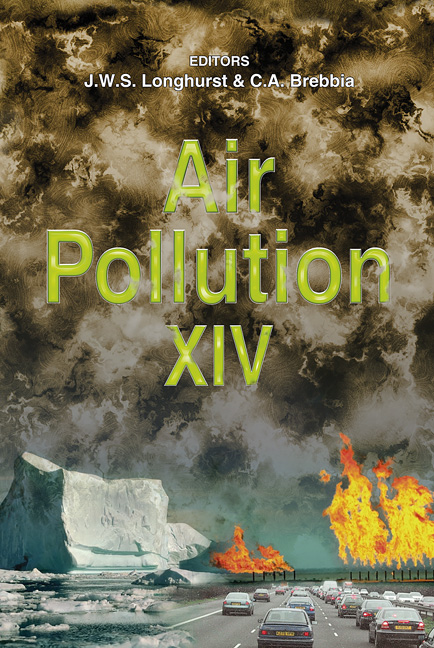A Neural Network Model For Three-hours-ahead Prediction Of Ozone Concentration In The Urban Area Of Palermo
Price
Free (open access)
Transaction
Volume
86
Pages
10
Published
2006
Size
393 kb
Paper DOI
10.2495/AIR060141
Copyright
WIT Press
Author(s)
U. Brunelli, V. Piazza & L. Pignato
Abstract
The purpose of this study is to use a recurrent neural network (Jordan model) to forecast ozone concentrations (O3) with a short lead-time (1-3h) in the lower atmosphere. The network has been trained using a time series that was recorded between January 1st 2003 to December 31st 2003 and at two monitoring stations in Palermo (Italy). Each input pattern is composed of twelve (hourly) values: wind direction and intensity, barometric pressure, and ambient temperature; respectively gathered at the meteorological stations in Bellolampo, Boccadifalco and Castelnuovo. Ozone predictions are notoriously complex when using either deterministic or stochastic models which explains why this model was developed using a Neural Network. Neural Networks possess the ability to learn about nonlinear relationships between the variables used. The model developed is a potential tool for the predictions air quality parameters and it is superior to the traditional stochastic model. Keywords: emission sources, neural network, elemental concentrations. 1 Introduction Vehicular traffic is a major source of air pollution, such as carbon monoxide (CO), benzene, nitrogen oxides (NOx) and polycyclic aromatic hydrocarbons. They are the principal causes of undesirable health effects and even premature deaths. This phenomenon seems to be most relevant in urban areas like Palermo where specific orographic and atmospheric conditions can generate pollutants’ accumulations. In this paper, the authors developed a statistical model to forecast the ozone (O3) concentrations three hours ahead. Ozone is a colourless gas with a
Keywords
emission sources, neural network, elemental concentrations.





